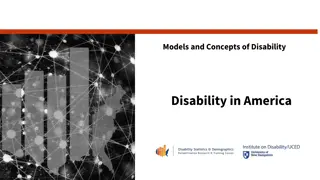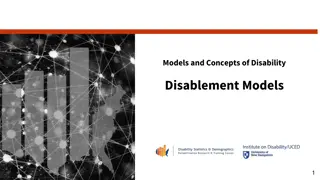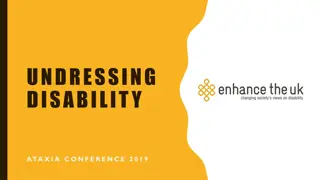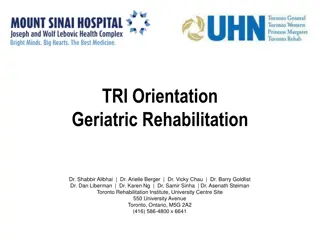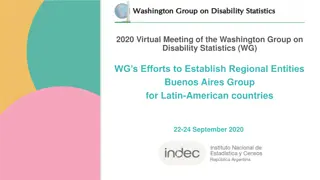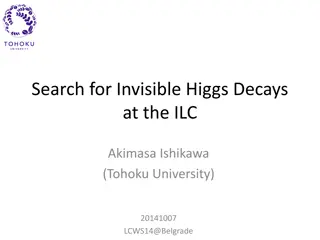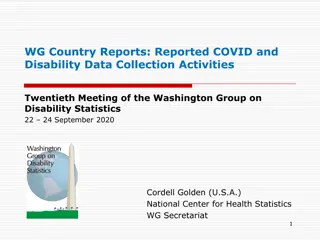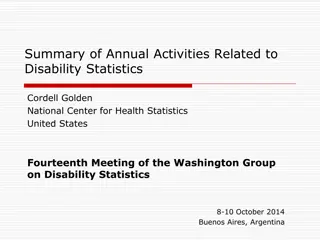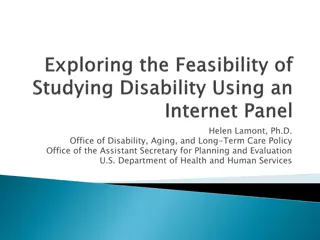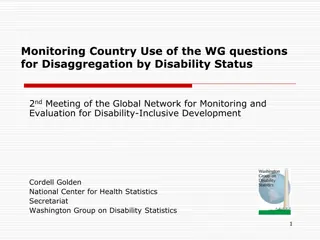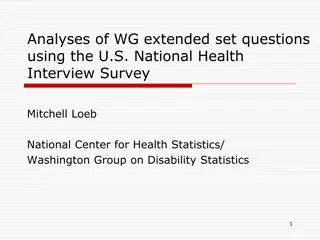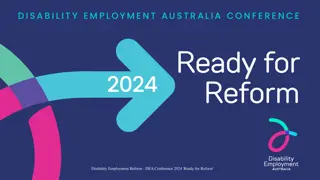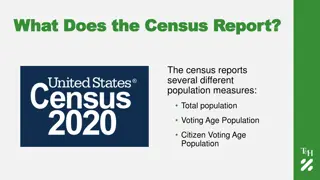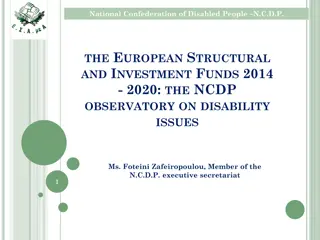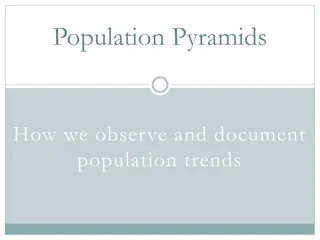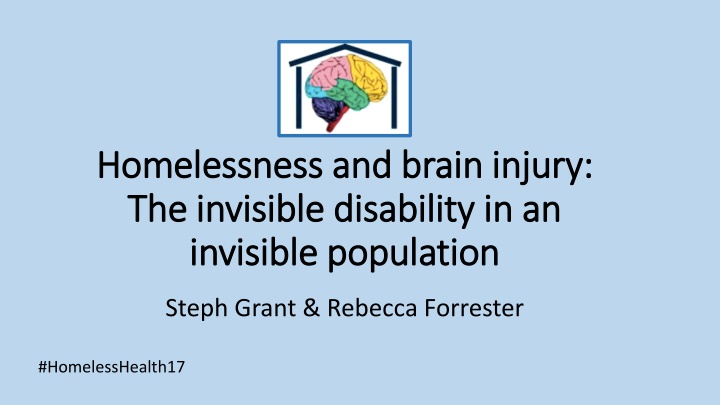
Homelessness and Brain Injury:The invisible disability in an invisible population
Explore the hidden struggles of individuals experiencing homelessness and brain injury, shedding light on the challenges they face and the potential impact on their mental and physical well-being. Gain insight into the complexities of this invisible population and the urgent need for support and awareness. Discover the intersecting issues of alcohol and drug use, mental health difficulties, trauma, and more, contributing to the cycle of homelessness and brain injury. Learn about the difficulties in attention, memory, and emotion regulation that individuals with brain injuries may encounter, emphasizing the importance of recognition and intervention. Delve into the reasons behind how brain-injured individuals may end up homeless, highlighting the critical need for understanding and assistance. Access further reading and resources to deepen your knowledge and make a difference in addressing this pressing issue.
Download Presentation

Please find below an Image/Link to download the presentation.
The content on the website is provided AS IS for your information and personal use only. It may not be sold, licensed, or shared on other websites without obtaining consent from the author. If you encounter any issues during the download, it is possible that the publisher has removed the file from their server.
You are allowed to download the files provided on this website for personal or commercial use, subject to the condition that they are used lawfully. All files are the property of their respective owners.
The content on the website is provided AS IS for your information and personal use only. It may not be sold, licensed, or shared on other websites without obtaining consent from the author.
E N D
Presentation Transcript
Homelessness and brain injury: Homelessness and brain injury: The invisible disability in an The invisible disability in an invisible population invisible population Steph Grant & Rebecca Forrester #HomelessHealth17
Rates of head injury in homeless populations are reported between 43-53%* Rates of hospitalised head injury are 5 times greater for the homeless population** People with unrecognised neuropsychological needs often bounce between services or remain invisible *Mackelprang, Harpin, Grubenhoff & Rivara, 2014; Hwang et al., 2008 **MacMillan et al., 2014
Wearing many cloaks of invisibility Wearing many cloaks of invisibility Alcohol use Drug use Crime Mental health difficulties Physical health difficulties Trauma Image result for pile of coats Violence Housing Hunger
What difficulties What difficulties might we see? might we see? Attention Concentration Memory Organising & planning Emotion regulation Anger & irritability
How and why do some brain injured How and why do some brain injured people become homeless? people become homeless?
Further reading and contacts Further reading and contacts Experiences of homelessness and brain injury (Brooks & Grant, 2016) Not my First Rodeo video on homelessness and brain injury on YouTube (2nd place UKABIF film awards) www.neurotriage.com
Thank Thank- -you for listening you for listening Special thanks to: Ste Weatherhead, for always keeping us cool, calm and connected

